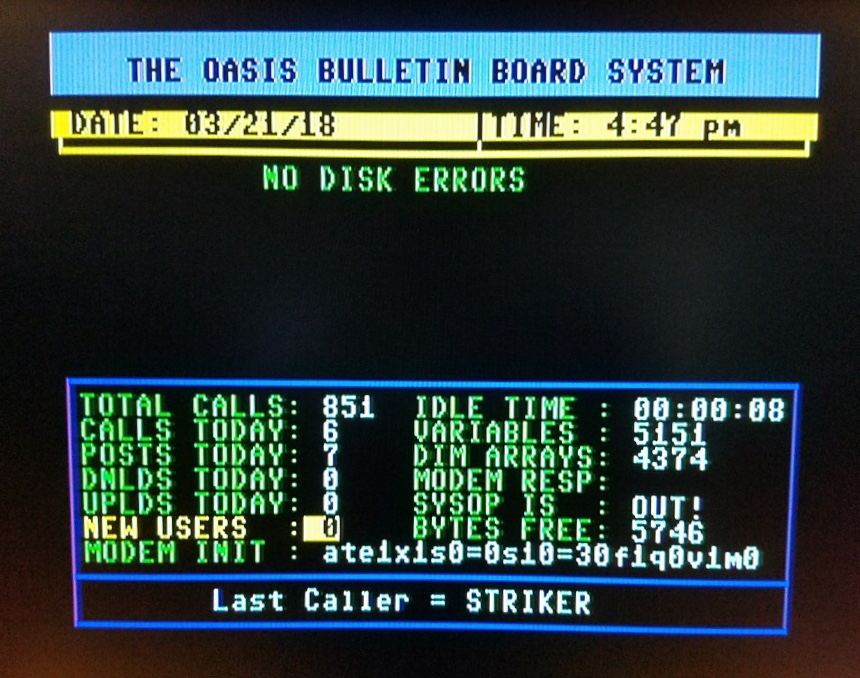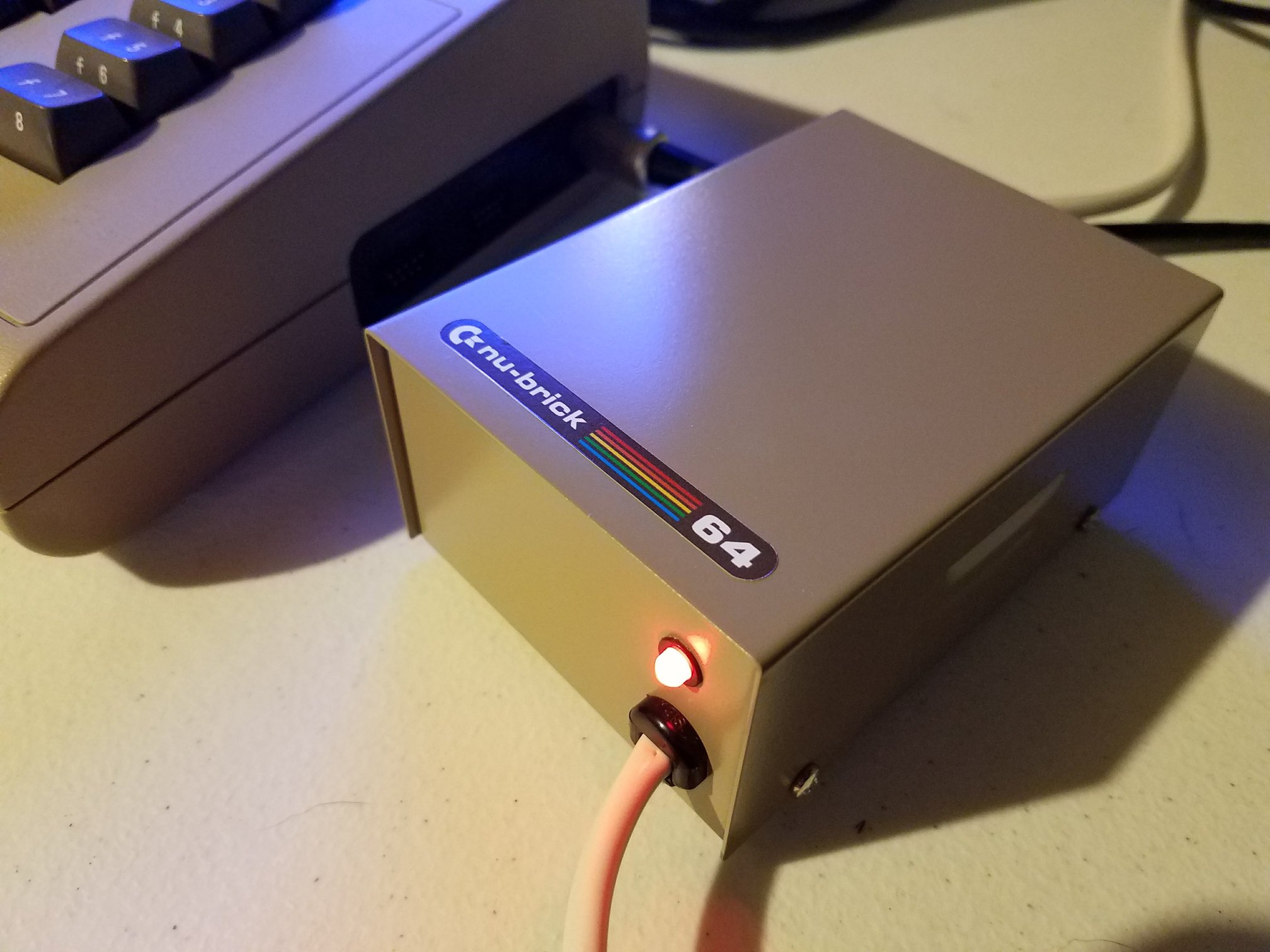GadgetUK returns with a detailed Amiga GBAPII++ build, kicking off the first part of a multi-video series. This project focuses on Matthias Heinrichs’ impressive RTG (Retargetable Graphics) upgrade for the Amiga 500 and 2000. The board, a birthday gift from Barry Sparks UK, brings high-resolution VGA output and GPU-based acceleration to classic Amigas.
The Amiga GBAPII++ build begins with a blank PCB and a pile of tiny components. GadgetUK carefully installs the Cirrus Logic GD5434 GPU, the CPLD logic chip, and multiple RAM modules. He explains each soldering step, from placing SMD resistors and capacitors to lining up ultra-fine QFP pins under magnification. His lighthearted commentary turns a technically demanding build into an entertaining lesson in Amiga hardware craftsmanship.
Once the GPU and CPLD are secure, the board comes alive. Using the Picasso96 software, GadgetUK demonstrates RTG screen modes up to 1024×768. The Amiga suddenly feels modern, with smooth window movement and deeper color output. He installs the board into an A2000 and connects it via VGA, noting a bit of ghosting on cheaper cables. However, he quickly identifies the cause—poor shielding and a missing resistor—and the card otherwise performs beautifully.
Throughout the Amiga GBAPII++ build, GadgetUK highlights both the potential and the quirks of RTG expansion. The card brings clear, stable video and new display options, but setup demands patience. He encounters minor flickering and driver confusion yet solves each issue through testing and persistence. The result is a working RTG card that integrates perfectly with his AJ Multifix scandoubler.
By the end, he promises more testing in future videos, including installing the card into an Amiga 4000 and comparing performance with other accelerators. His practical approach and step-by-step explanations make the process understandable for enthusiasts eager to try it themselves. This build captures the best part of the Amiga community: learning, tinkering, and sharing success.







